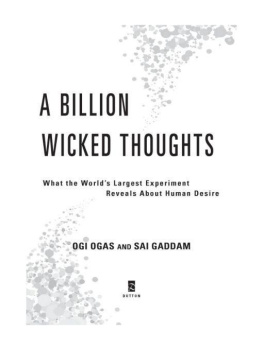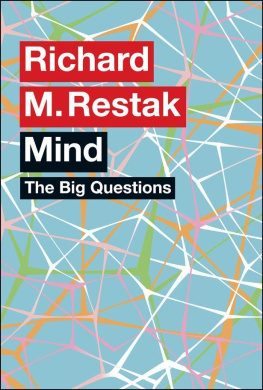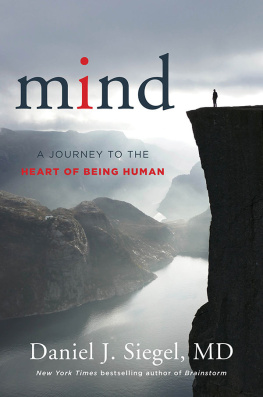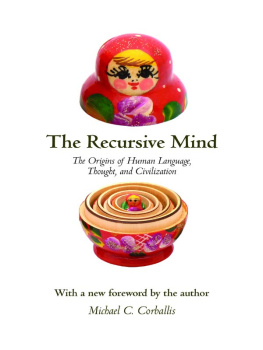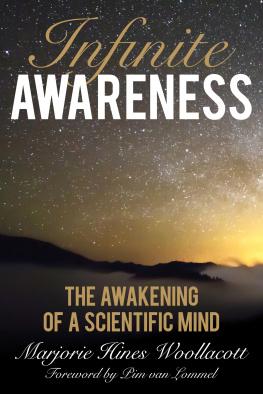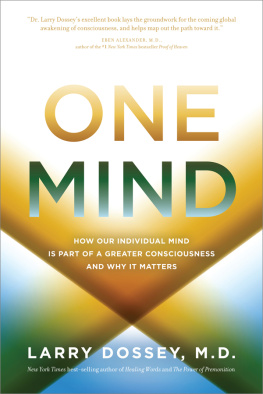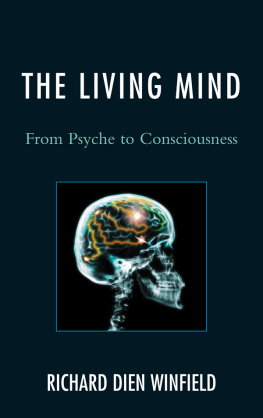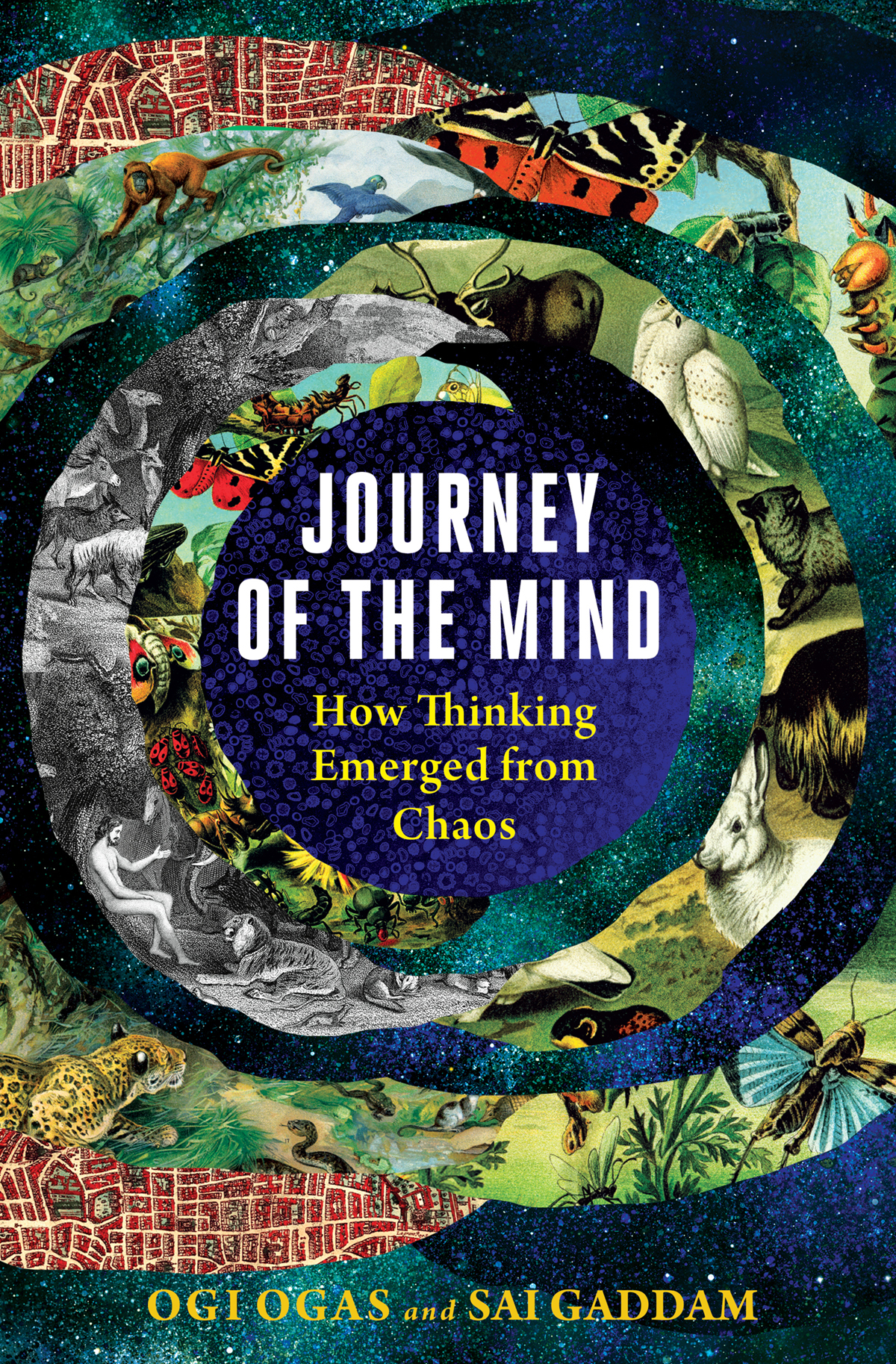JOURNEY
OF THE MIND
HOW THINKING EMERGED
FROM CHAOS
Ogi Ogas and
Sai Gaddam

For Agastya, Meera, and Priyanka
And for Tofool
Chaos isnt a pit. Chaos is a ladder.... The climb is all there is.
Littlefinger, Game of Thrones
Contents
JOURNEY
OF THE MIND

Do not imagine that the Way is short;
Vast seas and deserts lie before His court.
Consider carefully before you start;
The journey asks of you a lions heart.
The Conference of the Birds, Farid ud-Din Attar
I n the beginning, fourteen billion years ago, existence arose from nonexistence and the universe commenced.
Four billion years ago, give or take, life arose from nonlife and the evolution of species commenced.
A billion years after that, purpose arose from purposelessness and the journey of the mind commenced. Eventually, the journey would forge a god out of godlessness, a new breed of mind endowed with the power and disposition to reshape the cosmos as it saw fit.
of the mind from the aimless cycling of mud on a dark and barren Earth until the morning a mind woke up and declared to an indifferent universe, I am aware of me!
The chapters ahead visit seventeen different living minds, ranging from the simplest to the most sophisticated. First up is the tiniest organism on Earth, the humble archaeon, featuring a mind so minuscule that you would be forgiven for questioning whether its a mind at all. From there, our itinerary will take us forward through a series of increasingly brawny intellects. We will sojourn with amoeba minds, insect minds, tortoise minds, and monkey minds, until we arrive at the mightiest mind to ever grace our solar system... one that may be something of a surprise.
Each chapter highlights a new mental challenge thrown down in a minds path by chaos, the purposeless churn of physical matter, before revealing the mental innovation that surmounted it. This gauntlet of challenges begins with one of the most perplexing of all: How did a mind emerge from mindlessness?
You will learn how each new innovation led to an even more daunting challenge that spurred minds to become smarter still. You will see how bacteria make situation-specific decisions without the benefit of a single neuron, let alone a brain. You will discover why the houseflys surprisingly intelligent mind marks natures boundary between minds that are unquestionably nonconscious and those indisputably conscious. You will come to appreciate how monkeys rely upon hope, rage, and awe to chart a course through life. Each new form of thinking is explained in plain language without any mathematical equations, though curious readers can find additional details and references in the endnotes.
This book is motivated by three goals. First, to help you appreciate the hidden connectedness of all minds. Amoeba minds and human minds are linked through an unbroken continuum that parallels the one linking the ancient Roman town of Londinium with the twenty-first-century London megalopolis.
The second aim of retracing the minds three-billion-year pilgrimage is to obtain new answers to very old questions. Why do we exist? Where are we all headed? Is there a hidden relationship between chaos and purpose? Is there a cosmic role for love in the universe? For decency?
The third goal is to explain the physical basis of the Big Three forms of thinking: consciousness, language, and the Self. How do mindsunlike pebbles and dust and sunspotsboast the ability to experience things? You may have heard that mortal consciousness is the greatest locked-room mystery in science, an unsolved puzzle that may never be unriddled. The journey ahead suggests otherwise. By progressing through the sequence of innovations that led to sentience, step-by-step, this narrative offers an incremental account of why and how consciousness appeared in the universe. You will learn how consciousness works and come to see new strains of consciousness in places you never expected. You will learn, too, how language was constructed atop the architecture of consciousness and why a hairy, hooting biped with a fondness for rocks became the first beast to compose poetry, rather than a soft-feathered flyer with a melodious song. And, finally, you will acquire a deeper understanding of the greatest innovation in biological minds: the human Self.
Such grandiose finales often have modest origins. The journey of the mind begins eons before the first human mew, in a bleak and unthinking void without a trace of purpose in sight. The old fable of Genesis got one thing right, for in this boundless reign of chaos the first mind strove to cleave the light from the darkness...

Were building something here, Detective. Were building it from scratch. All the pieces matter.
Lester Freamon, The Wire
A long, long time ago, somewhere in the dark and the deep, volcanic vents blasted through the crust beneath the ocean and spewed out sulfur and minerals in a furious maelstrom of pressure and heat. Out of this infernal brew, the first living organisms began to multiply.
Or maybe they oozed out of asteroid-infused mud. Or seeped from the cracks of sunbaked clay. Or bubbled out of wet pockets of rock galvanized by lightning. Or wriggled out of freshwater pools on volcanic islands. Oranother serious contenderperhaps they hitched a ride across the heavens on a meteor.
The origins of life on Earth remain one of sciences most enduring mysteries. Nobody has a particularly persuasive theory regarding the identity or circumstances of the primal chemistry that jump-started metabolism and reproduction, the two fundamental hallmarks of life. Making the task of recombobulating lifes firstborn even more knotty is the fact that conditions on primeval Earth were radically different than now.
If you were somehow transported back to the day that the first audacious speck of life xeroxed itself, you would find that the day was a brisk ten hours long, the Earth completing an entire rotation during the length of a modern commuters workday. A dim chilly red sun barely penetrated a hazy sky the color of brickdust. During the brief night, the moon loomed low and enormous in the sky like some pale fairybook beast. An oxygen-less atmosphere drenched with poison churned over a cold and sludgy ocean.
In this exotic and speculative realm, some combination of molecules interacted with some other combination of molecules and sparked the journey of lifean event whose staggering import scientists dryly mask with the term abiogenesis. Regarding the identity of this sacred web of chemical permutations, all is contested conjecture. Well, almost all. One hypothesis has risen above the rampant guesswork and attained something close to consensus among scientists. The hypothesis is this:
The chemical system of newborn lifewhatever it might have beenwas swaddled in a tiny ball of fat.
We should all sing hymns of thanksgiving to this wobbly little globe. It proved to be the cornerstone character in two cosmic narratives: the journey of life and the journey of Mind. (Biologists have a ready term to refer to


